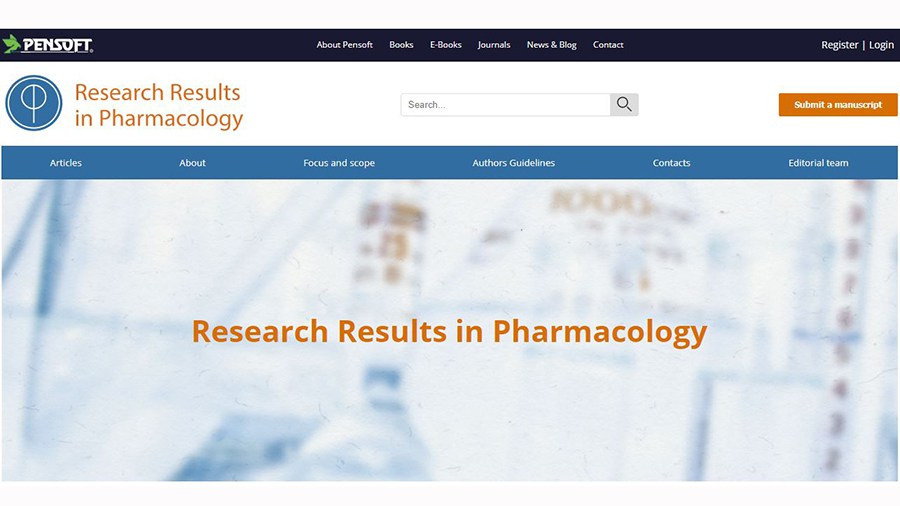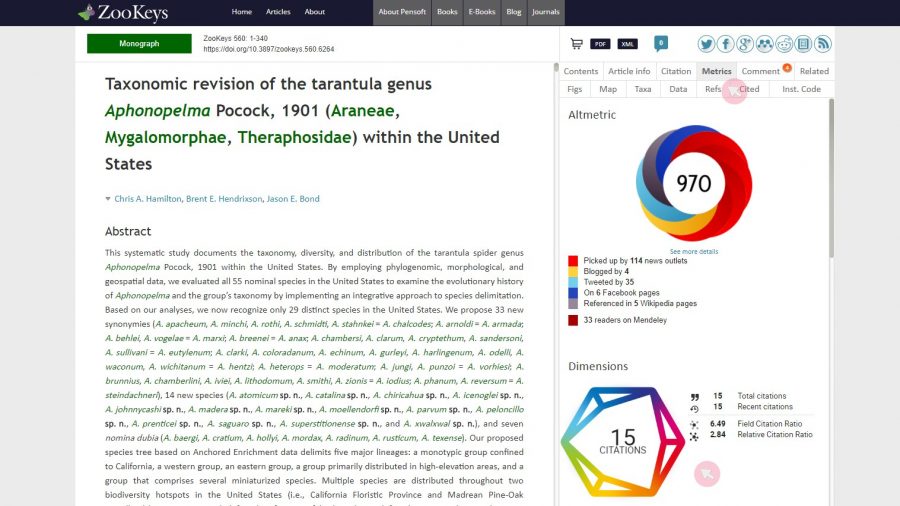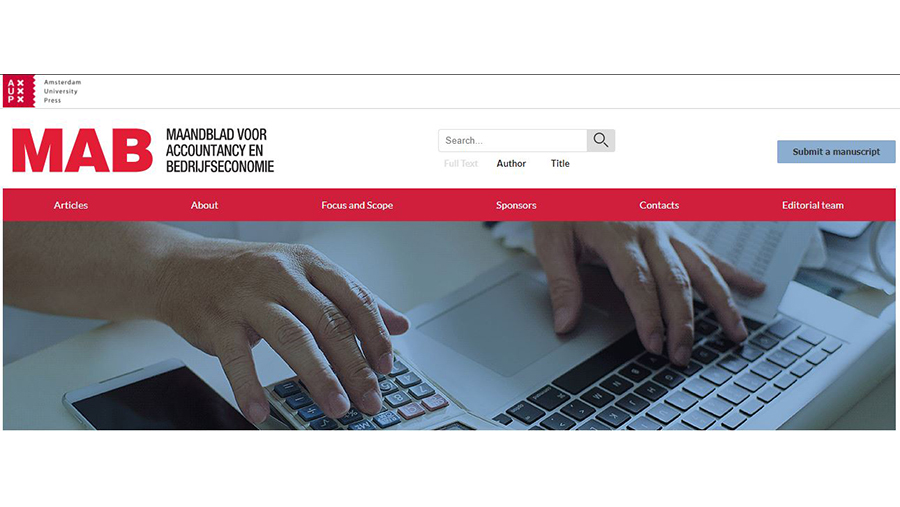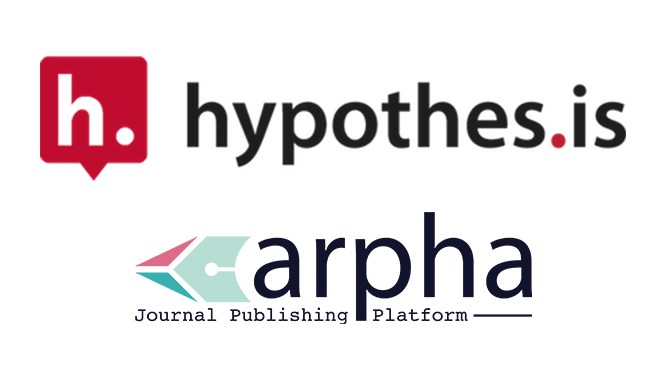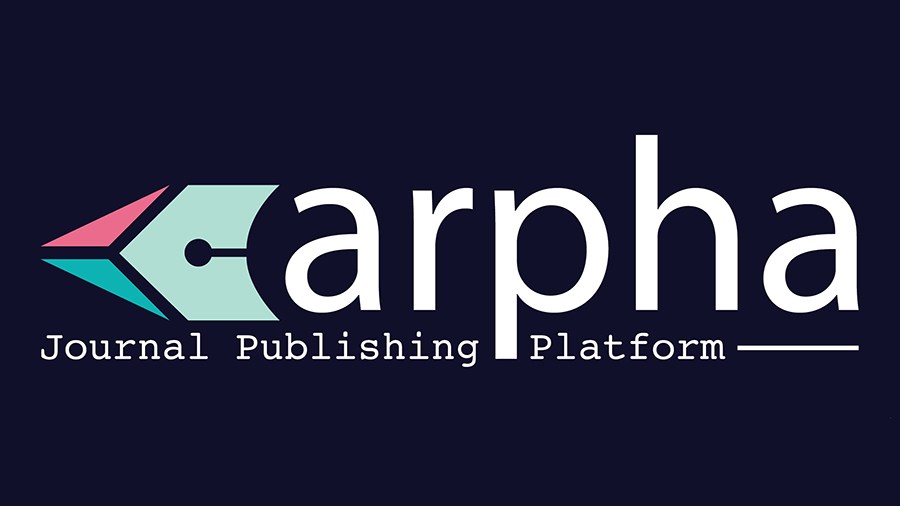Formerly known as Psychologia Spoleczna, the scholarly journal is now publishing exclusively in English and is free to both readers and authors after joining the PsychOpen GOLD platform based on ARPHA
Social Psychological Bulletin (SPB), formerly known as the Polish-born Psychologia Spo?eczna, has rebranded and evolved to reflect its new international outlook and dedication to social psychological research and open science practices.
In line with its renowned legacy, the peer-reviewed journal welcomes original empirical research, theoretical review papers, scientific debates, and methodological contributions in the field of basic and applied social psychology.
However, from now on, accepted articles are to be exclusively in English and openly accessible from day one of publication. Furthermore, authors are able to publish with SPB free of charge in the name of socially committed and responsible research.
The journal places special emphasis on what its Editors-in-Chief Drs Michal Parzuchowski and Marcin Bukowski call “the updated FOCI” – an abbreviation for Focused on people, Open, Committed and Integrative.
The changes meant to lead up to the journal’s long-term progress, also outlined in the latest Editorial, come as a result of SPB joining two prime movers in the open science field – the Leibniz Institute for Psychology Information (ZPID) with its unique publication platform, PsychOpen GOLD, and Pensoft with its innovative journal publishing and management system, ARPHA.
Since 2012, PsychOpen GOLD – The European Open Access Publishing Platform for Psychology – allows for both journals and authors to increase the visibility and accessibility of novel psychological research in the spirit of open science practices free of charge.
In the new pilot project, ZPID’s PsychOpen GOLD also collaborates with the technologically advanced academic journal and book publishing platform ARPHA in order to further facilitate and increase visibility of the novel findings of societal value.
As a result of the partnership, SPB will make use of the long list of high-tech and user-friendly innovations, provided by ARPHA, which go far beyond the brand new sleek look and feel of the journal.
“We proudly present the new SPB journal to the scientific community, representing a major breakthrough in open access publishing in psychology,” says ZPID director Prof. Dr. Michael Bosnjak. “SPB on PsychOpen GOLD assisted by ARPHA is now up and running at record speed.”
“It’s really exciting to announce our partnership with ZPID, PsychOpen GOLD and SPB, in this collaborative venture to advance accessibility and visibility of research with such an impact on our own society,” says Prof. Lyubomir Penev, founder and CEO of ARPHA Platform and its developer – Pensoft Publishers. “At ARPHA and Pensoft, we have always worked towards next-age innovations in Open Science – be it improved accessibility, findability, usability or collaboration – so it only makes sense to join in this amazing initiative to open up the latest fine research in psychology.”
The journal’s first thematic issue comprises 10 forum papers (by Dariusz Doli?ski, Arie Kruglanski, Adam Factor & Katarzyna Jasko; Leonel Garcia-Marques & Mario Ferreira; Wolfgang Stroebe; Karl Halvor Teigen; Jolanda Jetten & Alexander S. Haslam; Miros?aw Kofta; Bogdan Wojciszke & Konrad Bocian; and Klaus Fiedler) dedicated to discussions on behavior and its measurement as triggered by Prof. Dariusz Dolinski’s article “Is Psychology Still a Science of Behaviour?”.
In his paper, Dolinski calculates that the number of articles in a recent volume of the flagship Journal of Personality and Social Psychology (2017) presenting studies in which the dependent variable consisted of a real behavior was 4 out of 49 (8.2%). Out of a total number of 290 studies presented in this volume, a mere 18 (6,2%) addressed behaviour.
He argues that in addition to studying phenomena like stereotypes, attitudes, and values – which he dubs the “what, how, and why people think”, social psychology needs to also remain dedicated to the “what, why and how people act”, i.e. things such as aggression, altruism, and social influence.
###
Follow the discussion in the second 2018 issue of Social Psychological Bulletin on the journal’s new website.


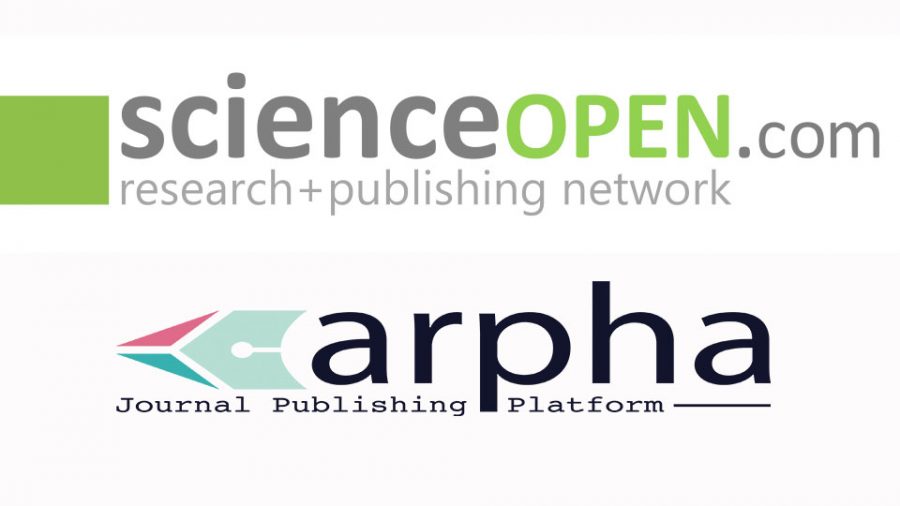
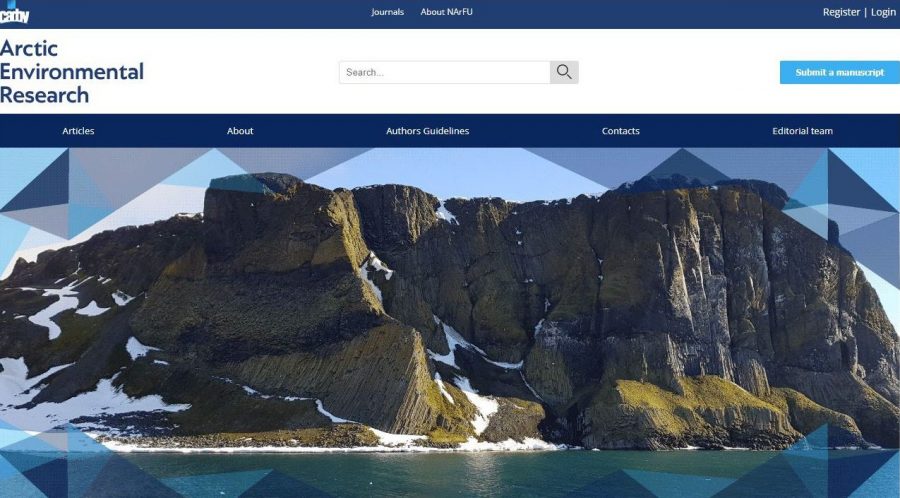

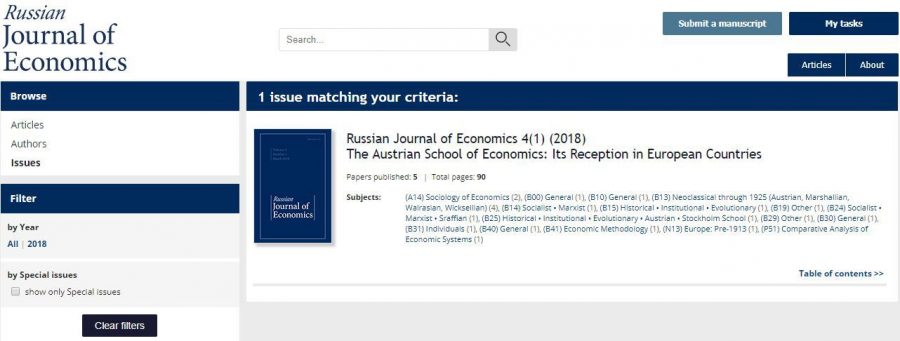

 What’s on in the new issue?
What’s on in the new issue?